Trilogies are tricky business. Which came first, the trilogy or the story? That’s the question that sometimes vexes readers and reviewers. If you add too much backstory then it could water down the traction that readers would have with the characters, but if you don’t add enough then people won’t be emotionally invested in them. I completely understand the creative will to have more than one book, but am aware that it can be perceived as simply needing multiple entries to sell books. It’s a thin line, isn’t it? Once Upon Another Time: Happily Ever After (or Once Upon Another Time 3) deftly approaches that line, happily looks over it, and then dances back and forth over that line on repeated occasions.
Rounding out the series with fun to spareCategory: Middle school
Time to Roll, continues to move with middle school, mglit ease
You don’t need to read Roll With It in order to enjoy Time to Roll. As a matter of fact, that first book snuck up on us because it adhered to the age-old saying of not judging a book by its cover. Time to Roll follows that formula so successfully that it doesn’t feel like a sequel to another book, but it is. Part of that is our fault because we’ve seen too many follow-ups, sequels, or properties that intended to make themselves multiple entries; but instead merely check off formulaic boxes. Middle school readers, if they give Time To Roll an opportunity, will find themselves enjoying a story that they never thought they would.
Realistic fiction that’s on a roll with readersThe Umbrella Maker’s Son left us feeling all wet
It’s possible to be too clever or too meta when audiences aren’t ready for it yet. The Umbrella Maker’s Son falls into one, or two of those traps.* The surface of The Umbrella Maker’s Son has a lot going for it that will be attractive to middle school readers. Oscar Buckle is the titular son of an umbrella maker, named after their family and boy does the city ever need umbrellas.** Everything is going well with Buckle and their umbrellas, after all, they’re the best in town and priced appropriately.**** Unfortunately, the city’s other umbrella manufacturer is selling more market share. This causes Oscar to have to quit school and work for his father as an apprentice to learn the family business and ask questions about the competitor.
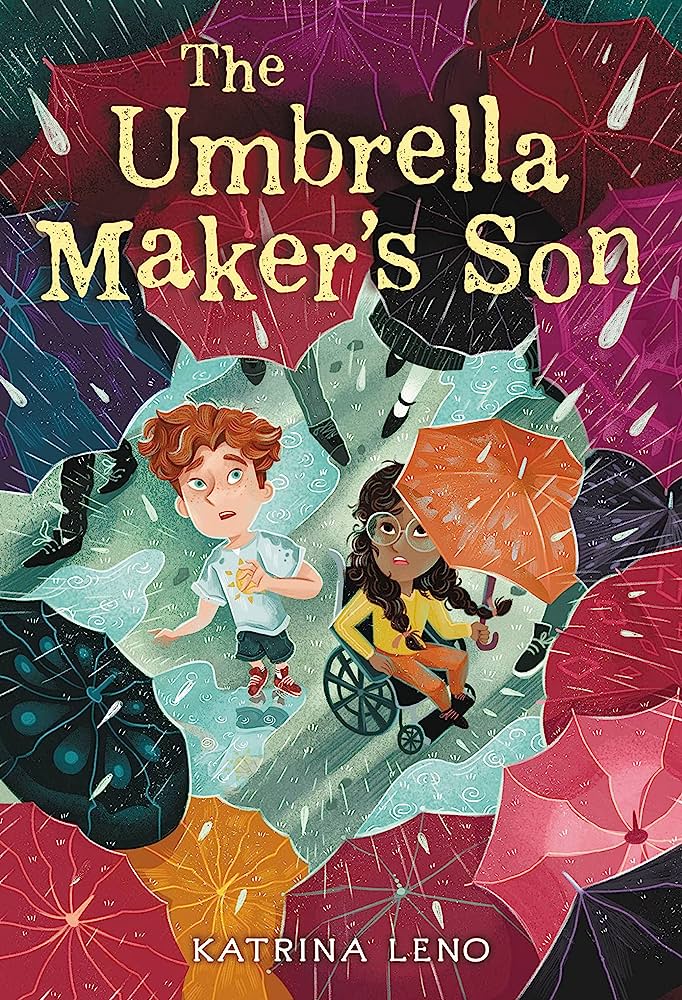
Fann Club: Batman Squad, big laughs in text and art for this all-age winner
Fann Club: Batman Squad is not a story that exists in the multiverse. There also isn’t a typo in the book’s cover. Once you see the cover it’s obvious that it’s a graphic novel intent on making elementary school-age readers and up laugh, which it succeeds at very quickly. Our sometimes surly 13-year-old picked up Fann Club: Batman Squad, plopped himself on the sofa, and proceeded to read it. This is worth noting because he’s an avid reader, but mainly sticks to mglit. “This is from the Catwad guy, isn’t it?”, he asked. Yeah, some readers might know Jim Benton from that, but they also might recognize his work from the Dear Dumb Diary book series, Franny K. Stein books, Victor Shmud or his cartooning work. For me, the most entertaining was Attack of the Stuff, which was criminally ignored and still is by most elementary school libraries that I visit. Fann Club: Batman Squad is a Jim Benton book because it’s his style, set against the background of a young boy who knows everything about Batman.
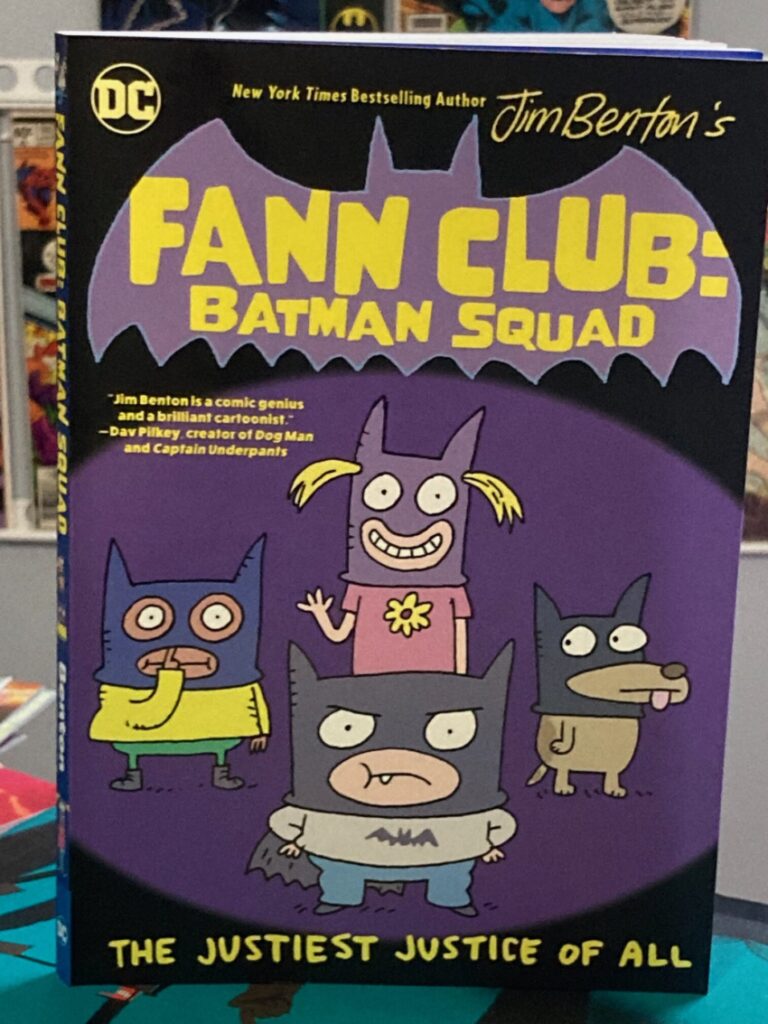
Lia Park and the Heavenly Heirlooms delivers the sophomore goods
Oh Lia Park, you continue to defy our expectations. Your freshman book, Lia Park and the Missing Jewel, had all of the markings for rote, by-the-numbers mglit, until I actually read it. The stereotypical place where I thought your book should be categorized was replaced with variety, a great heel, and a breathlessly fun pace. Now the second book in the series, Lia Park and the Heavenly Heirlooms, opens with Lia’s summer coming to an end and her attendance at the International Magic School about to commence. Hey, look, another book about teen kids at a magic school, where do I sign up to read this one? Yet again, author Jenna Yoon spins a tale that takes staple elements and situations, and turns it into an mglit read that will satisfy fans of the genre and beyond.
Lia Park, going all Empire strikes back in an mglit wayThe Counter Clockwise Heart starts with some of the best 8 pages in mglit
The Counter Clockwise Heart feels like that classic fairy tale that you were never told. It’s a remarkable book that could’ve been three times as long, but in doing so would’ve been half as interesting. The first chapter in The Counter Clockwise Heart is one of the best introductions we’ve read this year. In those eight pages it perfectly sets up the world of the book’s inhabitants. It does so in a way that alludes to great danger and flashes back to times of unimaginable peril. The Counter Clockwise Heart manages to do all of this in a constant, taut manner in a way that will pay reading dividends to those who are looking for a breath of mglit fresh air.
So wonderful that you wish you hadn’t read it, so that you dig it for the first timePrincess of the Wild Sea, a pleasant teen coming of age, that’s come before
I wanted to really enjoy Princess of the Wild Sea. It’s from Megan Frazer Blakemore and I was a big fan of her previous release, The Story Web. That book had its hooks firmly in the realm of fiction, with just enough power behind the character’s relationships that you wanted it to be real, or at least possible. Princess of the Wild Sea has planted its seeds firmly in the garden of fantasy, with a side dose of magic, heroes, and expectations. It’s mglit that will speak to those who want a patient, lyrical story of a once-magical place that’s now populated by hope.
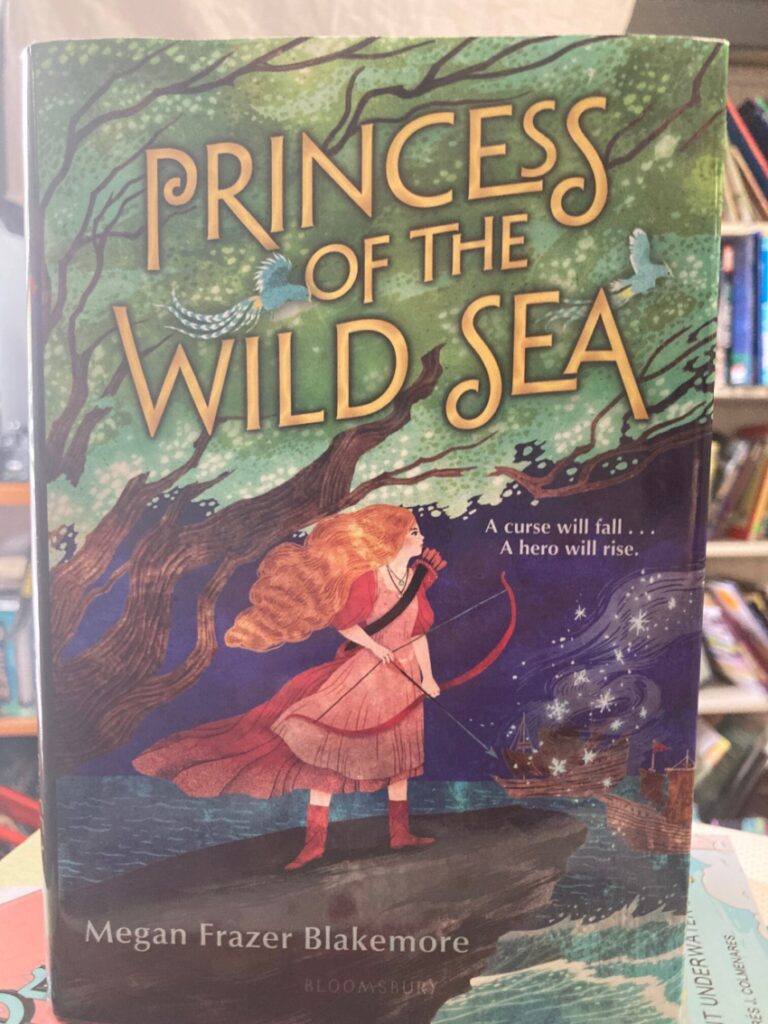
The Beast and the Bethany, book 3, keeps the monster mglit fun chomping on
Somehow or another, we didn’t read The Beast and the Bethany book 2. We did read The Beast and the Bethany and absolutely loved it. That book has an appeal that’s a blend of Wednesday, the more malevolent parts of Despicable Me, and just a touch of gross characteristics you want from a beast that’s capable of vomiting anything it thinks of. It’s a book’s testament if it’s able to allow readers to skip a book in the series or to jump into it cold, and still be able to follow along, enjoying the story. The Beast and the Bethany: Battle of the Beast does that in a way that drags along reluctant middle school readers with monstrous ease.
As much monster charm as the first, an effortless MGLit read
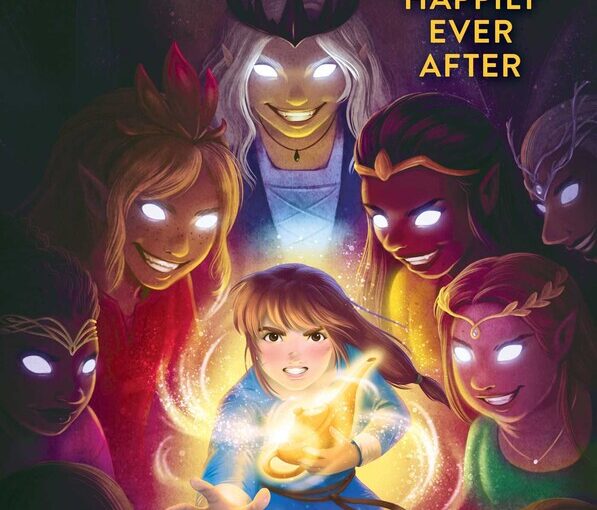
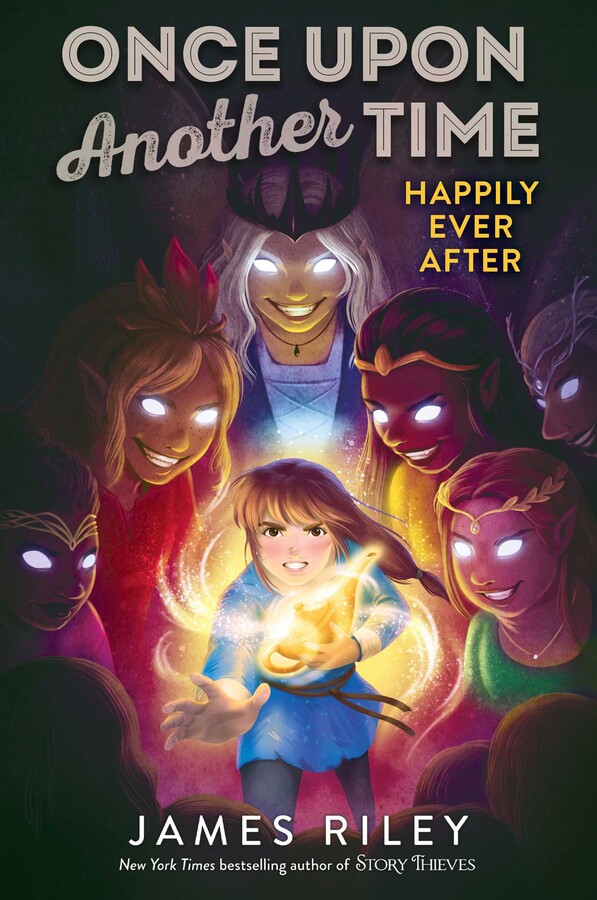
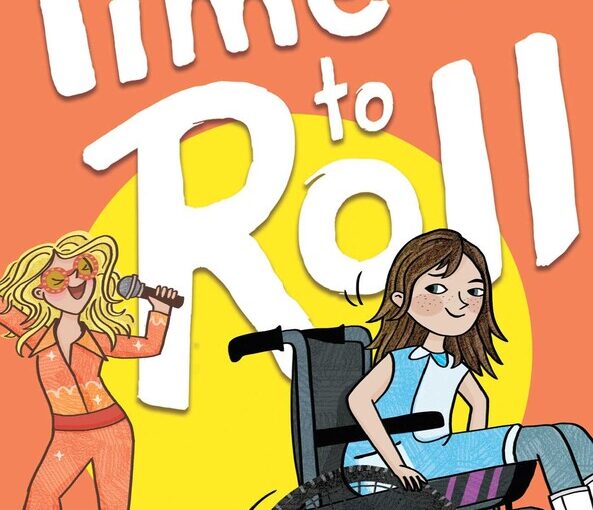
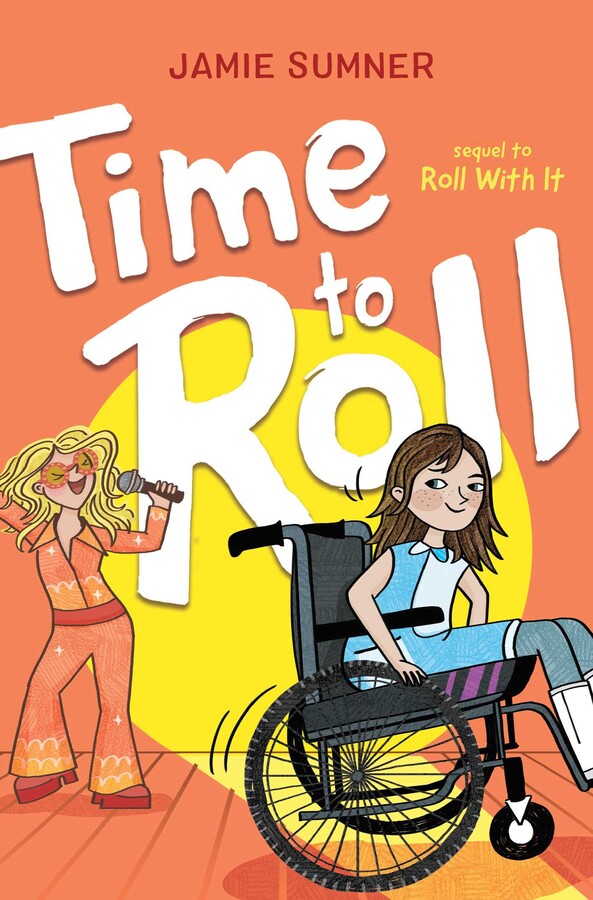
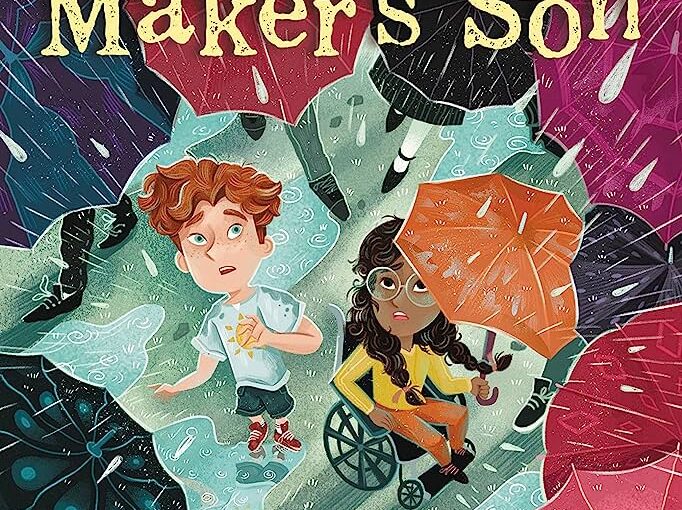
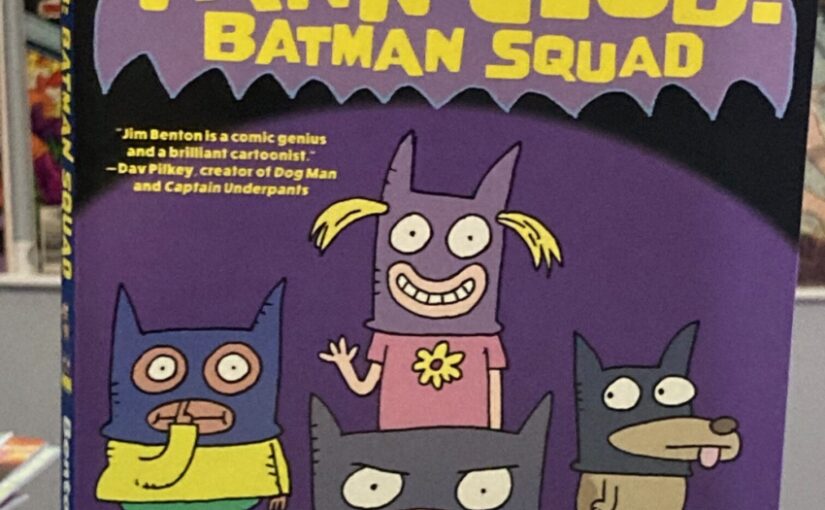
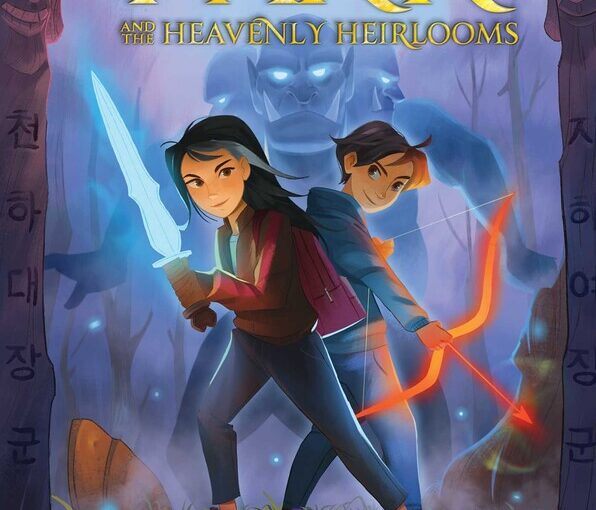
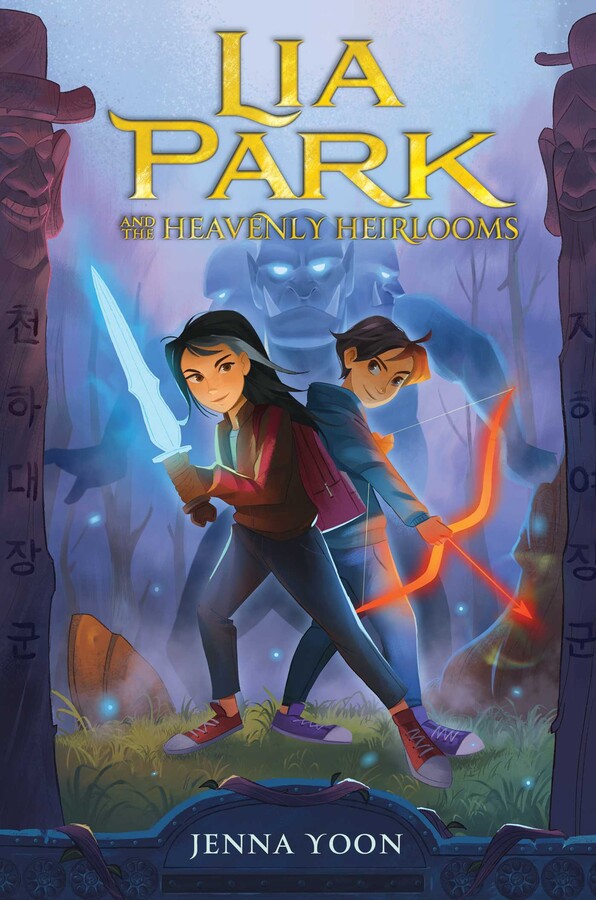
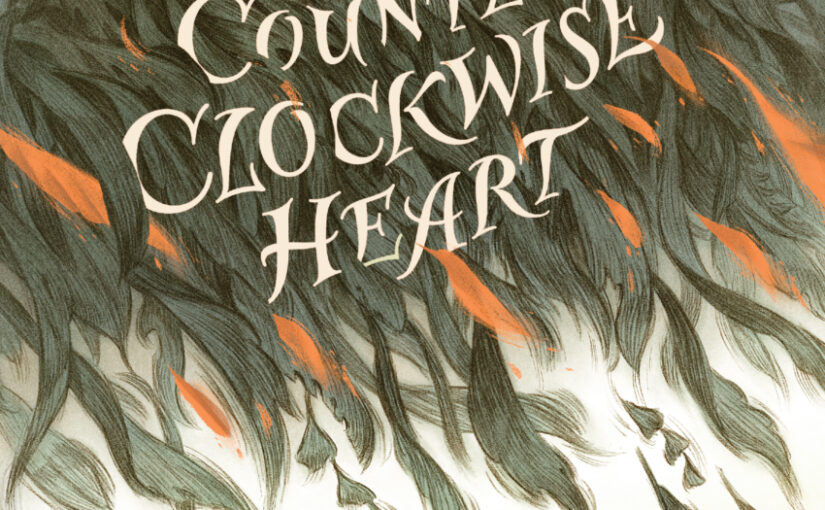

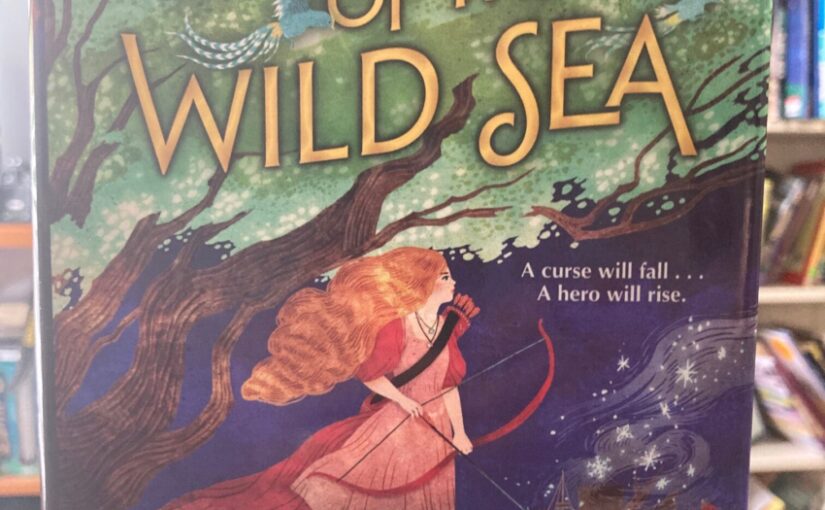
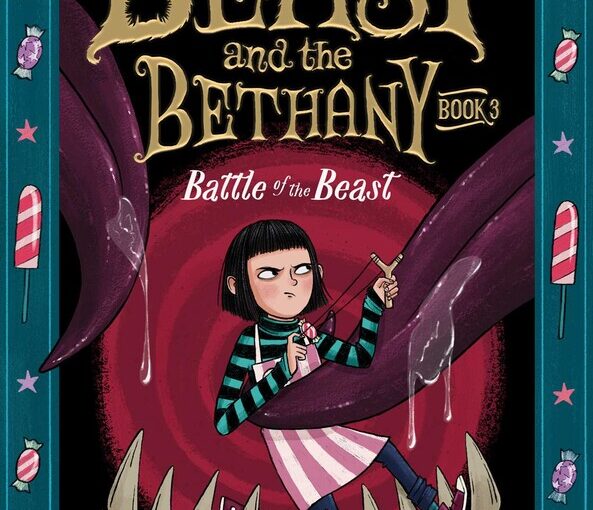
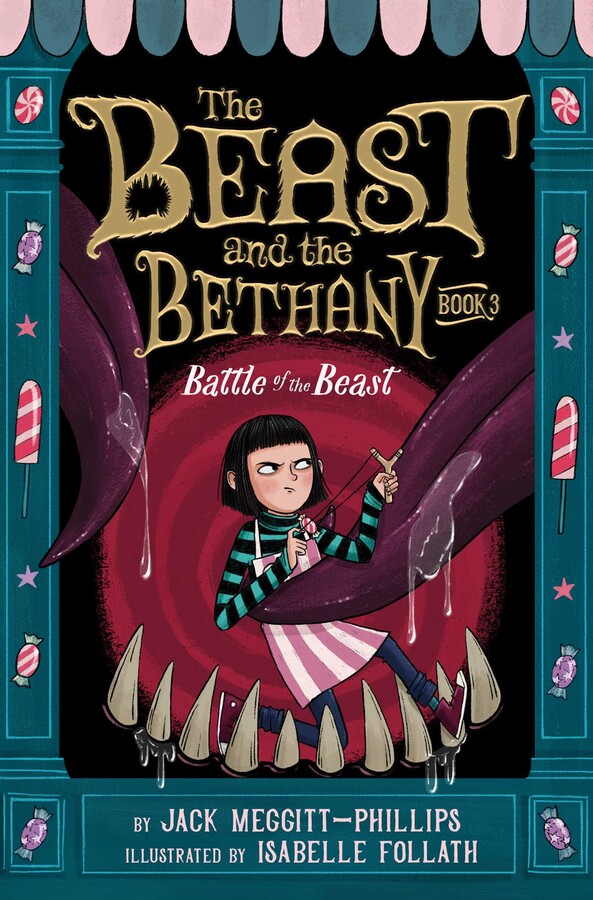


 Facebook
Facebook Twitter
Twitter Flickr
Flickr GooglePlus
GooglePlus Youtube
Youtube